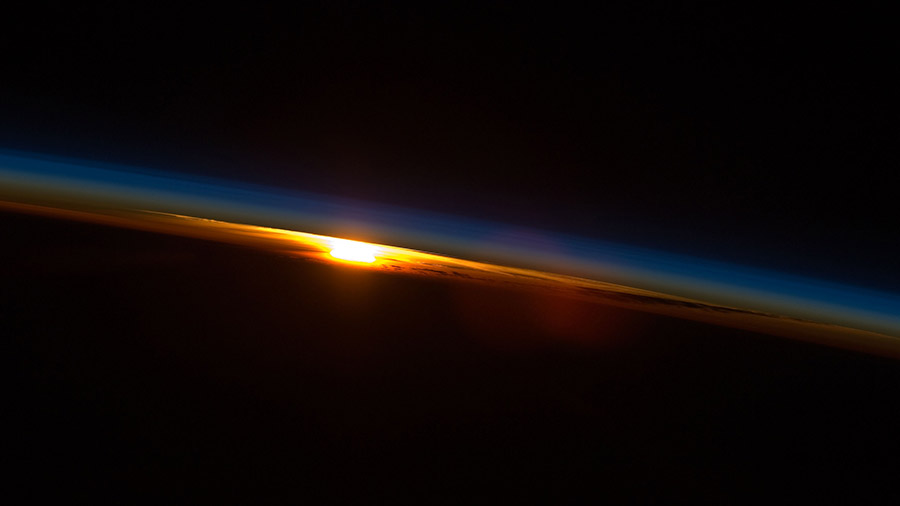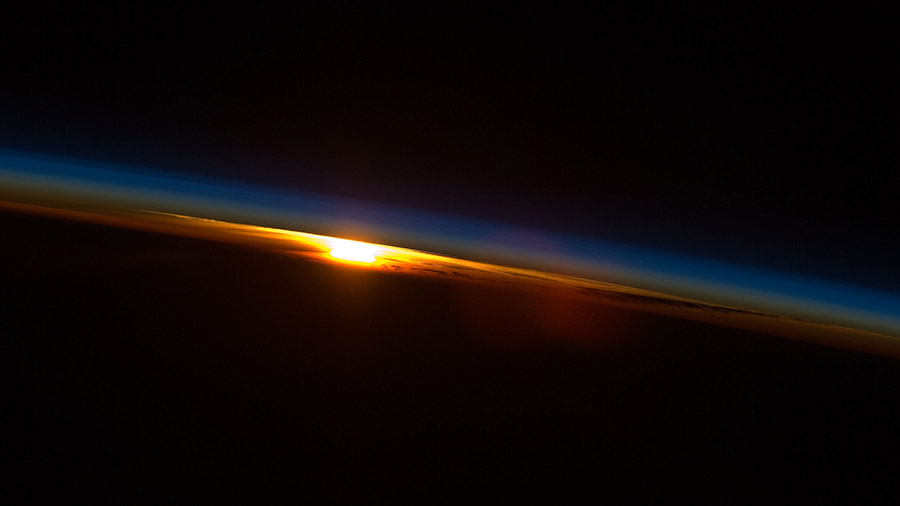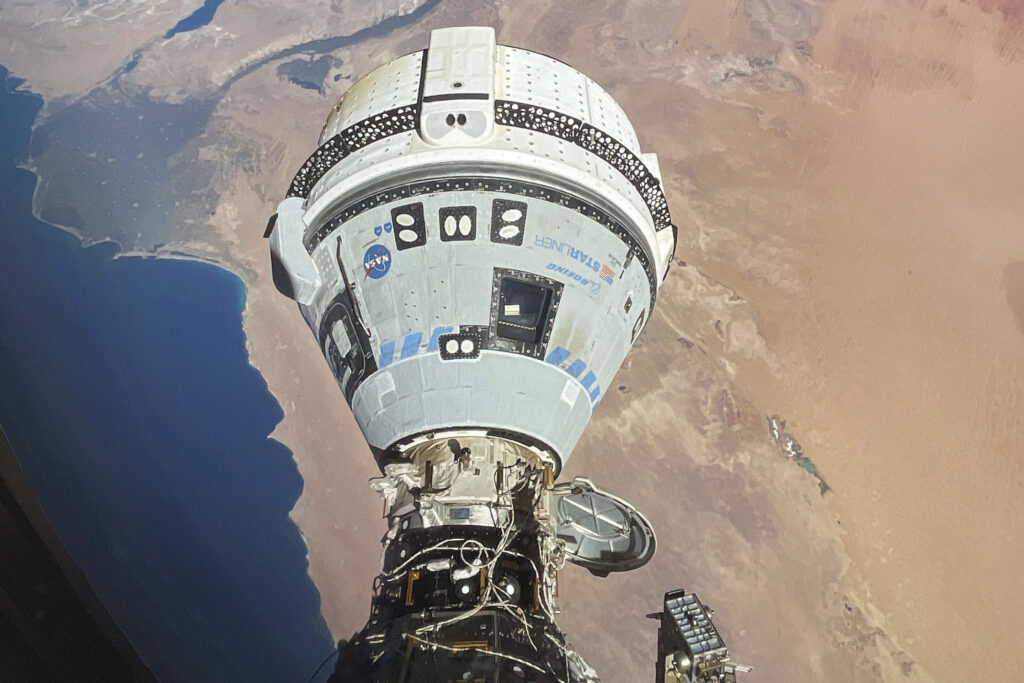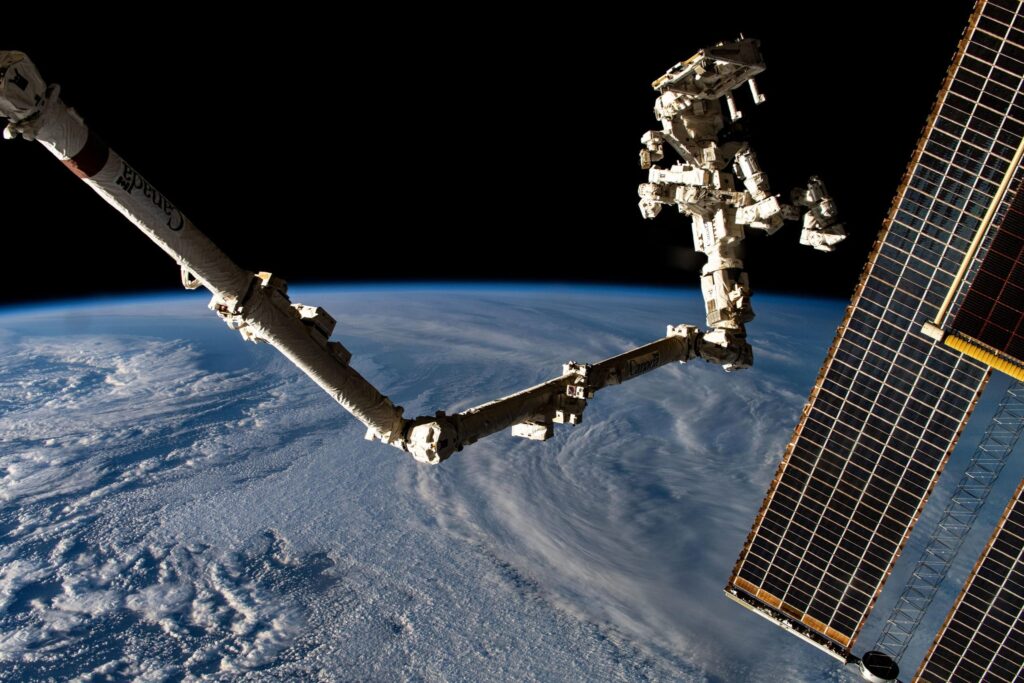
The 12-member Expedition 71 crew aboard the International Space Station spent Tuesday observing how their bodies are adapting to weightlessness, configuring life support systems, and training to use safety hardware.
NASA and its international partners have collected and analyzed decades of health data from hundreds of space crew members. Whether its just a few days or a year or more of living and working in space, researchers take these valuable insights and apply the new knowledge to keep space crews healthier and promote advanced treatments for ailments on Earth.
Four crewmates due to return to Earth in October tried on a unique suit today that may help them adjust more rapidly to the 1G gravity environment after a six-and-a-half-month space mission. The suit, called an orthostatic intolerance garment, may alleviate blood pressure issues and other symptoms some astronauts have experienced in the first few hours and days after landing back on Earth. NASA’s SpaceX Crew-8 quartet with NASA astronauts Matthew Dominick, Mike Barratt, and Jeanette Epps and Roscosmos cosmonaut Alexander Grebenkin began their station mission on March 5 when they docked to the orbital outpost aboard the SpaceX Dragon Endeavour spacecraft.
However, before the SpaceX crew leaves another trio will depart the space station next week. NASA Flight Engineer Tracy C. Dyson will ride the Soyuz MS-25 crew ship back to Earth with cosmonauts Oleg Kononenko and Nikolai Chub. The threesome stepped up their departure preparations this week packing cargo and personal items inside the Soyuz and reviewing spacecraft descent and landing procedures. Dyson will complete her third mission after six months in space while Kononenko, a veteran of five station missions, and Chub, a first-time space flyer, will have continuously orbited Earth for just over one year.
The station’s two newest cosmonauts, Alexey Ovchinin and Ivan Vagner, have also been helping doctors understand how space crews adapt to microgravity since they arrived at the space station on Sept. 11 with NASA astronaut Don Pettit. The cosmonauts on Tuesday attached sensors to their foreheads and wore goggles that tracked their eye movements providing details about how a crew member’s sense of balance adapts to the lack of gravity. The mission-experienced pair later studied how space affects the circulatory system and how blood flows to the extremities.
Pettit, who is on his fourth space station visit, started his day exploring ways to maximize the effectiveness of exercising in weightlessness. Later, at the end of his shift, he joined Ovchinin and Vagner and familiarized themselves with safety hardware and equipment locations throughout the orbital lab.
NASA astronauts Butch Wilmore and Suni Williams, who have been living on the station since June 6, spent the day primarily on lab maintenance tasks. Wilmore worked in the Permanent Multipurpose Module organizing and stowing food packs then he studied Dragon spacecraft operations. Williams partnered with Dominick throughout the day servicing on oxygen generator and preparing it for upcoming parts replacement.
15 years ago today, the Canadarm2 robotic arm reached out to grapple a visiting cargo craft and install it on the space station for the first time. That spacecraft, Japan’s HII-Transfer Vehicle 1, was also JAXA’s (Japan Aerospace Exploration Agency) first resupply ship to launch and replenish the space station’s crew at the time, Expedition 20. NASA’s International Space Station Program Manager Dana Weigel remarked about that achievement today on X.
Learn more about station activities by following the space station blog, @space_station and @ISS_Research on X, as well as the ISS Facebook and ISS Instagram accounts.
Get weekly video highlights at: https://roundupreads.jsc.nasa.gov/videoupdate/
Get the latest from NASA delivered every week. Subscribe here: www.nasa.gov/subscribe




